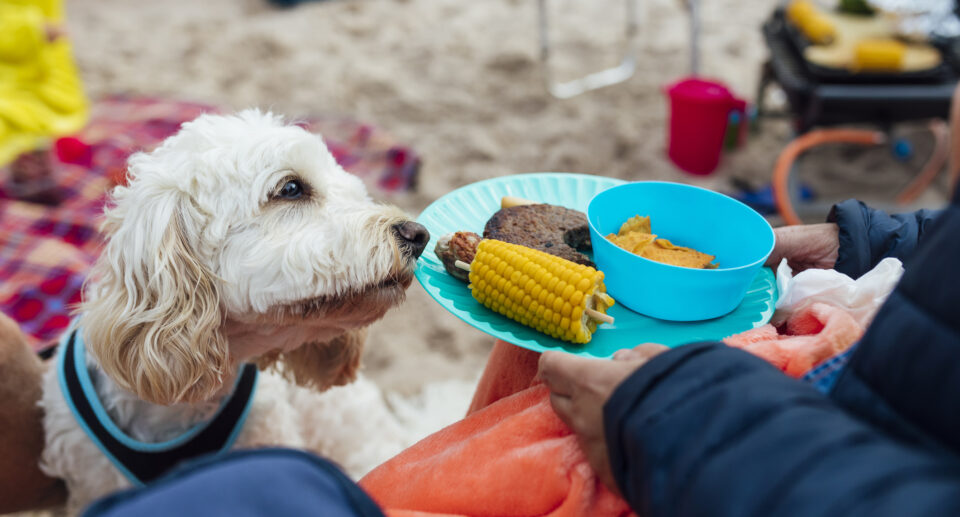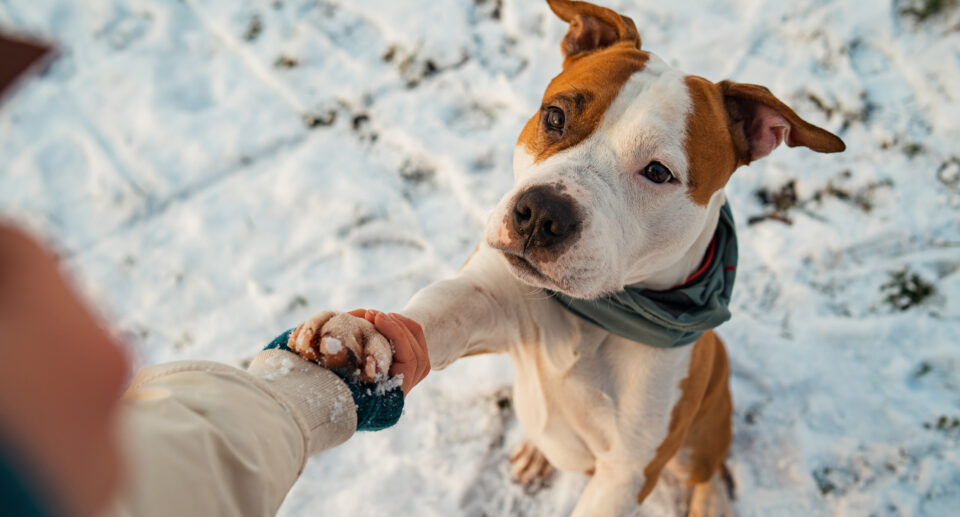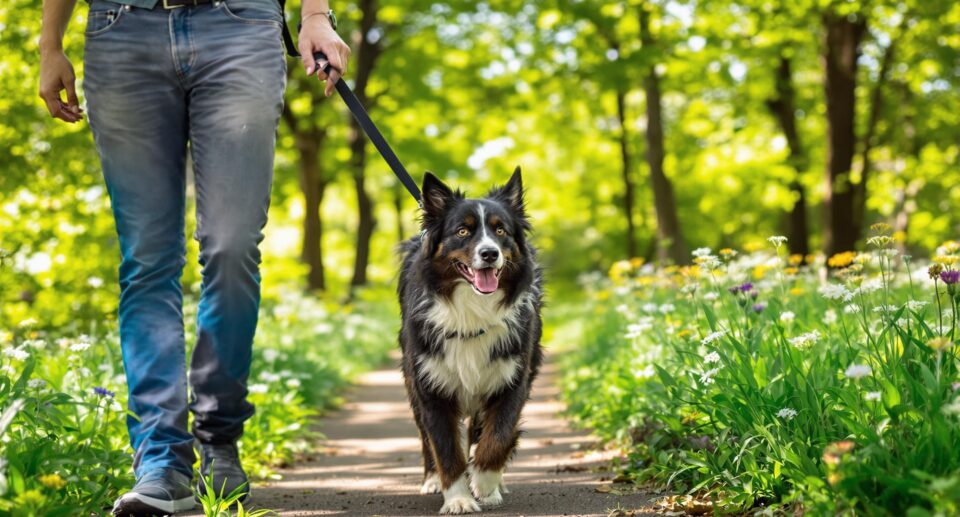Is It Safe For Dogs To Chew Corn on the Cob?

Summer’s finally here, and we can’t wait to sink our teeth into sweet, buttery grilled corn on the cob. As a pet parent, you’re always looking to share the foods you love with your four-legged family member. But while corn on the cob may look like the perfect chew toy, it’s far from a safe option for dogs.
Learn why it’s not safe for dogs to chew corn on the cob, and what you can do instead of enjoying a tasty summer snack with your pup.
Can Dogs Eat Corn?
Corn is a common ingredient found in dog foods and treats . It’s a valuable source of protein, fiber, and antioxidants when processed and incorporated into their meals.
On its own, fresh corn is nontoxic but can be tough for dogs to digest. The chewy skin is made of about 10% cellulose, a type of insoluble fibre. Insoluble fiber is indigestible, passing through the digestive system relatively unchanged.
Dogs have a harder time digesting fresh corn than humans do. As for humans, the digestion starts in the mouth as we thoroughly chew our food and our saliva contains enzymes that begin the digestive process. Dogs, however, are more likely to swallow big bites of food without thoroughly chewing.
Moderate amounts of insoluble fiber in fresh corn can help bulk up the stool and support healthy digestion in dogs. However, consuming excessive amounts of corn can lead to mild gastric distress such as vomiting , constipation, or diarrhea. Additionally, if the corn has been buttered, the high fat content may trigger an acute pancreatitis attack in dogs.
If you wish to share corn with your dog, it should be steamed or boiled to aid in breaking down the plant fibers. Remove the kernels from the cob before serving. The corn should be served without butter or salt, and portions should be limited to just a few bites.
What Makes Corn on the Cob Dangerous for Dogs?
Corn on the cob is dangerous for dogs because it can cause a life-threatening gastric obstruction.
A corncob, minus the kernels, is made up almost entirely of indigestible cellulose. And while it may seem tough and woody, it’s not firm enough to stand up even to moderate chewers.
Even small dogs can bite a corncob into chunks in seconds, and large dogs may even swallow the cob whole. The long, rounded shape of the corncob means it can slide down the esophagus in seconds, even if your dog is under constant supervision while they chew.
Once the corncob or corncob fragments enter the digestive system, it’s likely to get trapped in the stomach and along the twists and turns of the intestines, which are much narrower than the esophagus.
What Can Happen if My Dog Eats A Corncob?
Sometimes, a swallowed corncob or corncob fragments will immediately irritate the stomach lining, causing the dog to vomit. But remnants of the corncob may still linger in the stomach, even if it seems as though most of it has been expelled.
Many dogs show little to no symptoms of gastric distress immediately after eating a corncob. Corncob chunks or fragments can get trapped in the stomach or intestines for days, weeks, even months.
In dogs with a partial obstruction, symptoms may show up after a few days and will often come and go at first. When the dog eats, food may be able to pass around the corncob. At times, food can get trapped, causing intermittent nausea, vomiting, and painful inflammation.
In some instances, a swallowed corncob or its fragments may travel through the stomach but get stuck further along in the intestines. This can lead to a blockage that cuts off the blood supply to a portion of the bowel, causing tissue death. Surgical removal of the corncob and possibly a section of the affected bowel becomes necessary, or the blockage can become fatal.
What To Do If Your Dog Swallows A Corncob
If your dog may have swallowed a corncob or a chunk of corn on the cob, seek emergency veterinary care. It’s best to act fast, rather than wait for symptoms to show up. If the corncob is still in the stomach, the vet may be able to induce vomiting. Do not induce vomiting at home, as this can cause aspiration pneumonia, which can be fatal.
If it’s been hours or days since your dog may have swallowed a corncob, your veterinarian can use x-rays and other imaging to determine if there is, in fact, a foreign body in your dog’s gastrointestinal tract, and how it should be removed.
Fortunately, surgery to remove a foreign body is usually successful. But it’s critical that you act quickly, as the corncob can absorb moisture and swell, or it may shift to cause a more severe blockage. The sooner you have your dog treated after ingesting corn on the cob, the greater chances they’ll have of making a fast, full recovery.
VISION
Every pet deserves to live a long, happy, healthy life.





